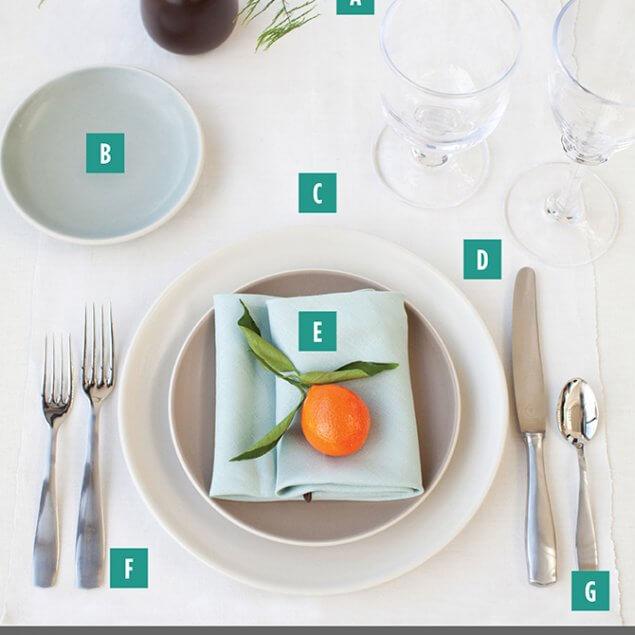Choosing wood flooring can be an intimidating process and that is where this article comes in. In this article, we specifically wrote this to make sure that you easily wade through the process of choosing and installing a wooden flooring that you and everyone in your house would be satisfied with. From Walnut to Cherry to Oakwood, this article will try to cover every aspect there is to deliver the most useful information possible.
Choosing A Hardwood Floor
1. Solid or Engineered Flooring
Solid Flooring
Made from any type of wood, a plank is mostly comprised of solid wooden pieces. This type of flooring is not one to include any additional substances to the wood which makes it a bit expensive. Solid Wood Flooring is known for its durability and long life, as well as, good looks. You may have noticed it in movies or places where you get that “cozy cabin” vibe.
Engineered Flooring
It is basically two sheets of hardwood with multiple sheets of wood stacked and compressed against each other in between the hardwood layers; this is the reason people often find that engineered flooring is the easiest choice to go with since it can be used almost everywhere.
Unlike solid flooring, this type of wood doesn’t get damaged due to temperature changes; mostly because of the middle layer that allows for easy contraction and expansion giving it the versatility mentioned earlier.
2. Species of your wood
Deciding on the manufacturing style of your wood is only the first step. It should give you a vague idea of what species of wood you want. But, this is only based on appearances and colors, it is not the only thing that should be on your mind while picking a species.
Species differ in a lot of characteristics; strength, photosensitivity, color, and grain pattern.
Anyone asked to name a species of wood would think of oak. It is arguably the most popular. The species is divided into red and white oak. Although it is hard to care for and maintain in the long term, people usually prefer white oak to red and they tend to buy oak in general due to its price.
A more expensive type is Walnut which, despite not being entirely suitable for areas where the floor would be hit a lot because of its softness, fits perfectly in almost every other place since it is not sensitive to light. It is often desired for its dark, lush color.
That is only two of many more species. In fact, you can check them out if you visit https://www.woodfloorwarehouse.co.uk/
3. Finishing options
You can either go with a pre-finish or a site finish.
A prefinish is simply what the name suggests. You’ll find that the final coating had already been applied to your order; it had already been sanded and just waiting for you to get to work.
Alternatively, a site finish is done on site after installation. You have to hire a professional for it which can increase your expenses, but, it compensates with the amazing harmony it produces between the flooring and the rest of the house due to the coloring and sanding choices.
4. Types of finishing
The two main ways to finish your flooring are Oil and polyurethane.
Oil is more thorough due to its chemical nature which guarantees it enveloping the wood, from all directions. It not only protects the wood but also guarantees its beautiful appearance.
On the other hand, Polyurethane is more of an overcoat type of finishing; it adds a protective layer yet, requires a lot of effort to install.
5. Panel Dimensions
There are two main sizes when it comes to panels; Strips are the small ones while planks are the name for bigger panels.
Using wide planks is most common in spacious areas since it gives off a luxurious look and feels to the place it is put in. With strips, you want to put them in small rooms because they make the room look and feel bigger than it already is; it does not work quite well with large rooms, though.
Installing Hardwood Floors
1. Prepare the subfloor
The base below the floor needs to be uniform, without any rubble on top and sturdy. This is why you should take the time to level the floor by sanding and filling irregularities.
2. Determine the most suitable method of installation
The method of installation is without a doubt one of the most critical steps; it is dependent on the characteristics of the wood.
Nailing the panels to the subfloor is what most people do it. This doesn’t mean that other techniques are wrong. In fact, gluing, fastening and floating are examples of very valid techniques, too.
3. Acclimate the flooring
Meaning, you should leave the flooring for a couple of days in the room in which it will be installed. Its purpose is to let the flooring adapt to the temperature and humidity and take a shape that will be close to its final shape.
4. Prepare your space
As a shortcut, some prefer to just lay the new flooring atop the old one instead of starting from scratch. The risks of a door getting blocked by the increased floor height or rooms differing in floor level are doubled in this case. This is why you have to account for the extra height.
First, you have to remove/sand off the existing finishing then, just treat the existing floor like a normal subfloor.
5. Get to installing
Preferably, panels should be kept parallel to the longest wall. However, at first, you may find it difficult to use a nail gun since the tiles would be too close to the wall, so you can use a drill to fix your panels. Also, try using spacers to simulate the effect of temperature change on the panels.
6. Final touches
By the end, make sure to be thorough. Examine your flooring and look nail holes or tiny areas that need a small part of a panel.
No More Fear
By now it should be a lot easier for you to take a step towards choosing and installing your wood flooring with a lot more confidence than you may have had before. You won’t have to worry about picking the wrong fit for your space and your style alike, because you pretty much know all you need to know to get out there and pick like a pro!









